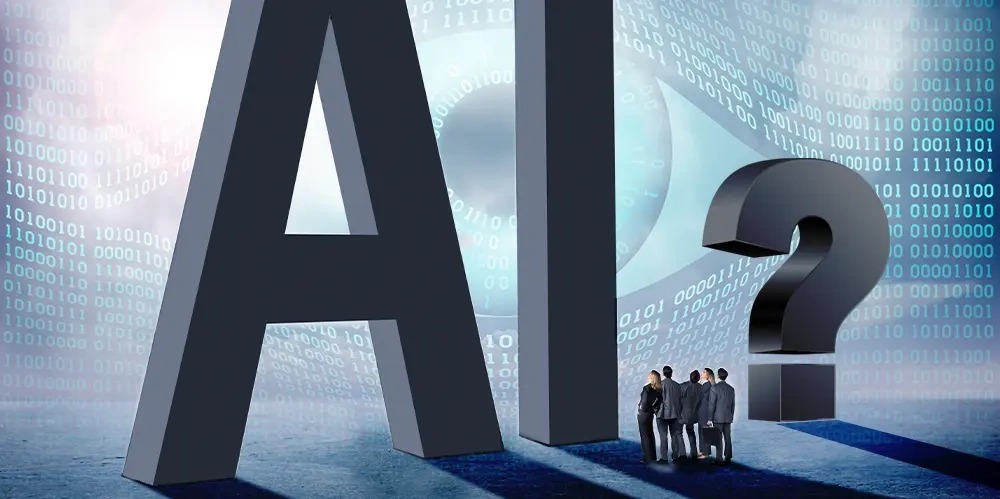Blockchain’s Many Uses (Beyond Crypto)

Blockchain Beyond Cryptocurrency: A Deep Dive into Diverse Applications
When most people hear the word “blockchain,” their minds immediately jump to Bitcoin and other cryptocurrencies. While blockchain technology undeniably revolutionized the world of digital finance, its potential extends far beyond just facilitating transactions involving virtual currencies. In fact, blockchain’s underlying properties – its immutability, transparency, security, and decentralization – make it a powerful tool applicable across a remarkably wide range of industries. This post will explore those diverse use cases, demonstrating why blockchain is poised to reshape many aspects of our lives.
Understanding the Core Principles: Why Blockchain Matters
Before delving into specific applications, it’s crucial to understand what makes blockchain so special. At its core, a blockchain is a distributed, immutable ledger. Let’s break that down:
- Distributed: Instead of residing in one central location (like a traditional database), the data exists on numerous computers across a network. This eliminates single points of failure and makes it incredibly resistant to hacking or censorship.
- Immutable: Once information is recorded on the blockchain, it’s virtually impossible to alter or delete it. Every new transaction (or “block”) is linked to the previous one cryptographically, creating a chain of records that are extremely secure. Any attempt to tamper with a block would require changing all subsequent blocks across the entire network – computationally impractical in most scenarios.
- Ledger: Think of it as a shared database where everyone has access (depending on permissions) to view the history of transactions, ensuring transparency.
These properties combine to create a system that fosters trust and accountability, even among parties who don’t necessarily know or trust each other.
Beyond Cryptocurrency: A Spectrum of Applications
Now, let’s move on to the exciting part – exploring how blockchain is being used *outside* of cryptocurrency. The possibilities are vast and continually evolving, but here are some key areas where blockchain is making significant inroads:
Supply Chain Management
Tracking Goods from Origin to Consumer: Imagine a world where you can instantly verify the authenticity and journey of your coffee beans, your organic vegetables, or even luxury goods. Blockchain is enabling this. By recording every step of the supply chain – from raw material sourcing to manufacturing, distribution, and retail – on a blockchain, companies can create an auditable trail that proves provenance and combats counterfeiting. This increased transparency builds consumer trust and reduces inefficiencies.

Examples: Walmart is using blockchain to track mangoes and pork in its supply chain, increasing traceability and improving food safety. De Beers uses a blockchain platform called Tracr to track diamonds from mine to market, ensuring ethical sourcing and preventing the sale of conflict diamonds.
Healthcare
Secure Medical Records: Patients often struggle with accessing and sharing their medical records across different providers. Blockchain offers a solution by creating a secure, patient-controlled platform for storing and exchanging health data. Patients can grant access to specific healthcare professionals as needed, ensuring privacy while improving care coordination.
Drug Supply Chain Integrity: Counterfeit drugs are a major global problem. Blockchain can track pharmaceuticals from manufacturer to pharmacy, preventing the distribution of fake or substandard medications.
Voting Systems
Enhanced Security and Transparency: Blockchain’s immutability makes it an attractive option for creating more secure and transparent voting systems. Each vote could be recorded as a transaction on a blockchain, making it difficult to tamper with results. While challenges remain regarding voter anonymity and accessibility, the potential to improve election integrity is significant.
Digital Identity Management
Self-Sovereign Identity: Currently, we rely on centralized authorities (governments, social media platforms) to manage our digital identities. Blockchain empowers individuals to control their own identity data. A person can store verified credentials (driver’s license, passport information, educational certificates) on a blockchain and selectively share them as needed, without relying on third parties.
Intellectual Property Protection
Timestamping and Proof of Ownership: Artists, musicians, writers, and other creators can use blockchain to timestamp their work and establish proof of ownership. This creates a verifiable record that protects against copyright infringement.
Real Estate
Streamlining Property Transactions: Buying and selling real estate involves complex paperwork and intermediaries. Blockchain can streamline the process by creating smart contracts that automate tasks like title transfers, escrow payments, and mortgage execution. This reduces costs, increases efficiency, and minimizes fraud.
Gaming & NFTs
Ownership of Digital Assets: Non-fungible tokens (NFTs) are unique digital assets recorded on a blockchain. They allow players to truly own in-game items, characters, or virtual land. This opens up new possibilities for gaming economies and creates opportunities for creators to monetize their work.
Challenges & Future Outlook
While the potential of blockchain is undeniable, several challenges need to be addressed before widespread adoption can occur:
- Scalability: Many blockchains struggle to handle high transaction volumes efficiently. Solutions like layer-2 scaling and new consensus mechanisms are being developed to address this issue.
- Regulatory Uncertainty: The legal and regulatory landscape surrounding blockchain is still evolving, creating uncertainty for businesses.
- Energy Consumption: Some blockchain networks (like proof-of-work systems) require significant energy consumption. More sustainable alternatives, like proof-of-stake, are gaining traction.
- User Experience: Interacting with blockchain applications can be complex and intimidating for the average user. Improving usability is crucial for wider adoption.
Despite these challenges, the future of blockchain looks bright. As technology matures, regulations become clearer, and developers continue to innovate, we can expect to see even more widespread adoption across various industries. Blockchain isn’t just a buzzword – it represents a paradigm shift in how we manage data, build trust, and conduct business. It’s about creating systems that are more secure, transparent, and equitable for everyone.
Conclusion
Blockchain technology offers a wealth of opportunities beyond cryptocurrency, promising to revolutionize industries from supply chain management to healthcare and voting systems. While challenges remain, the potential benefits of increased transparency, security, and efficiency make blockchain a technology worth watching – and embracing – as we move towards a more decentralized future.



